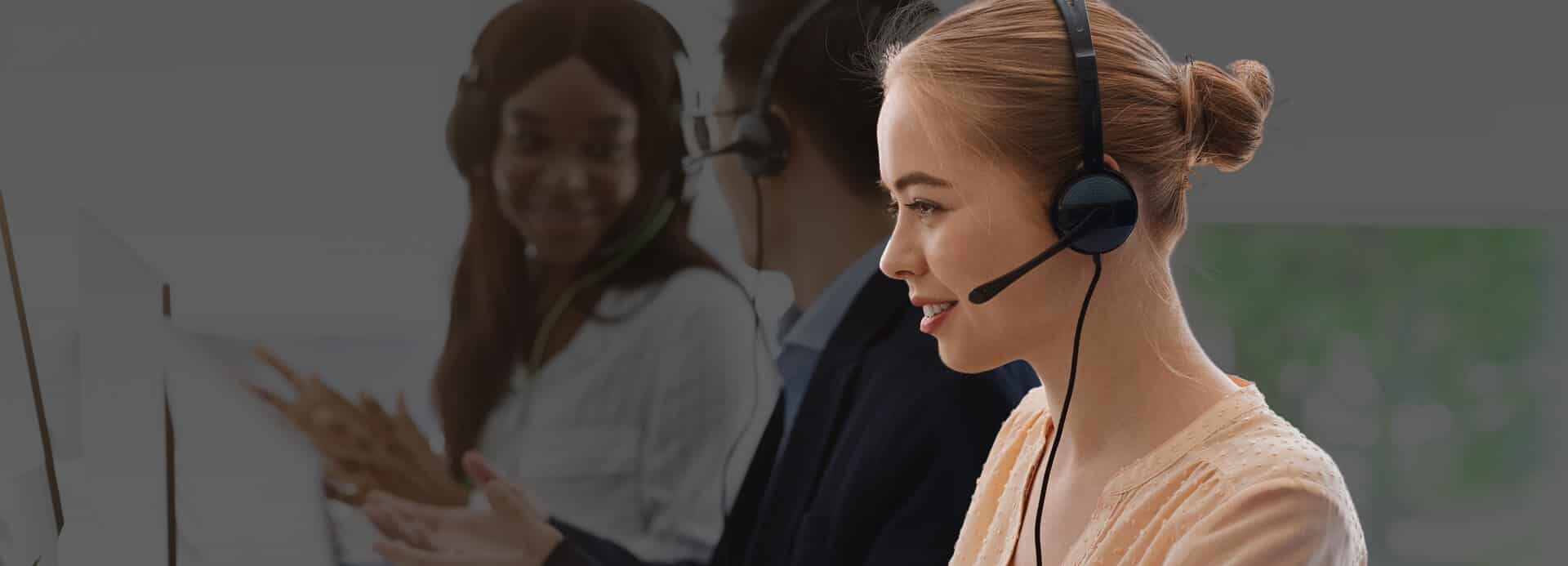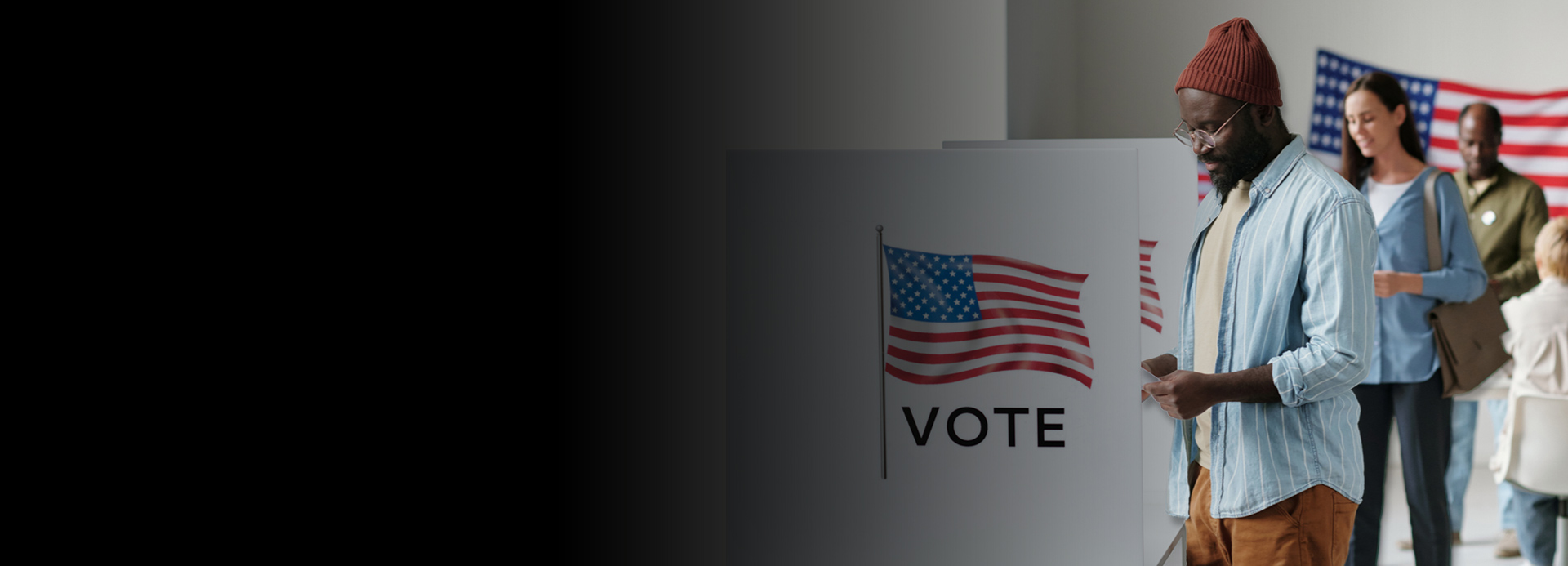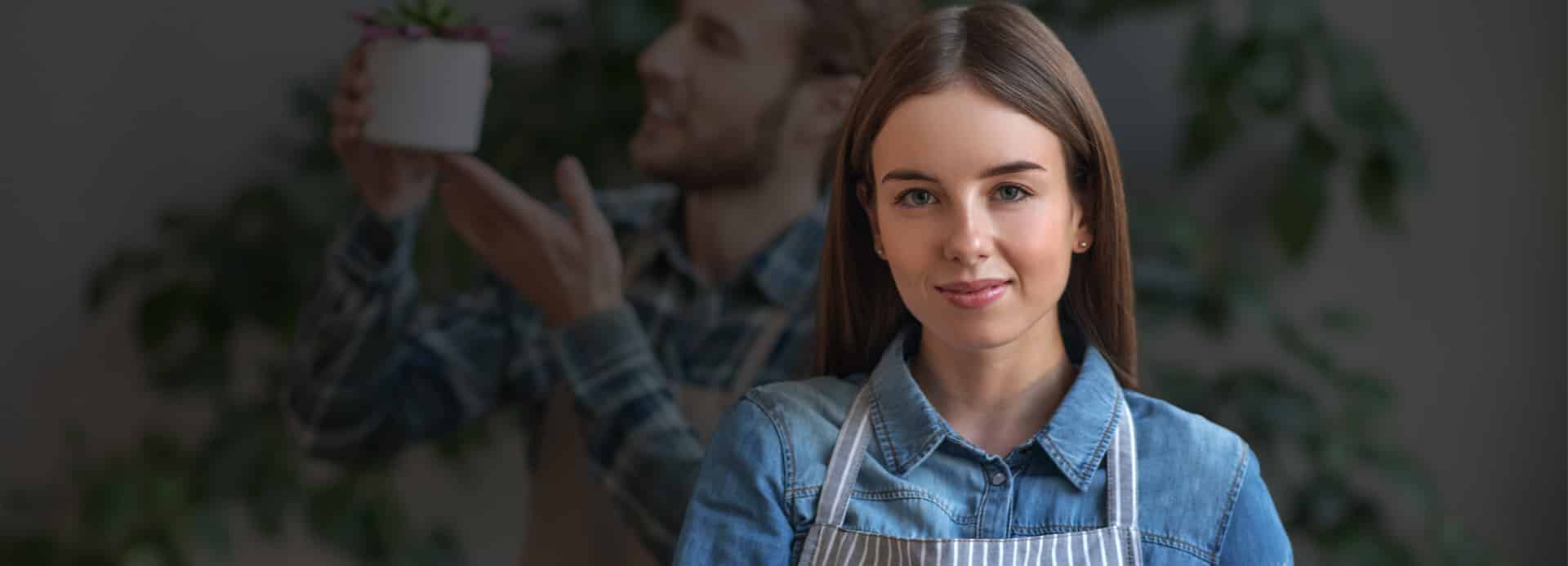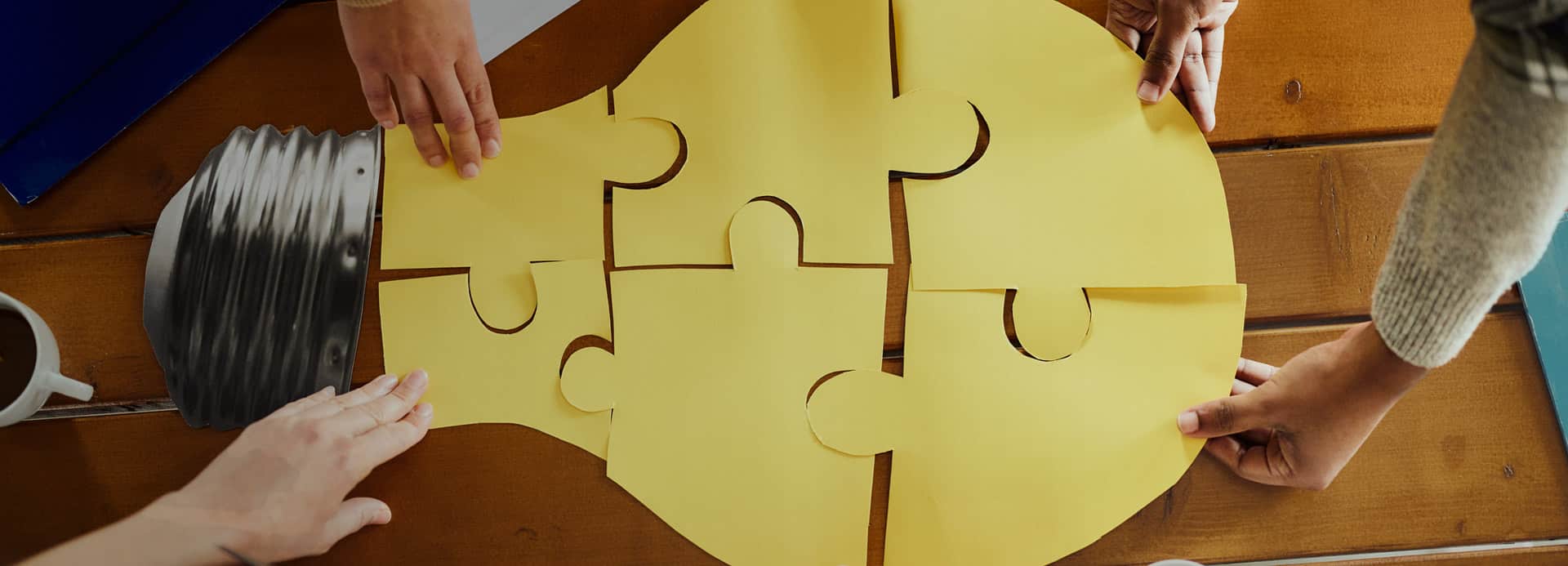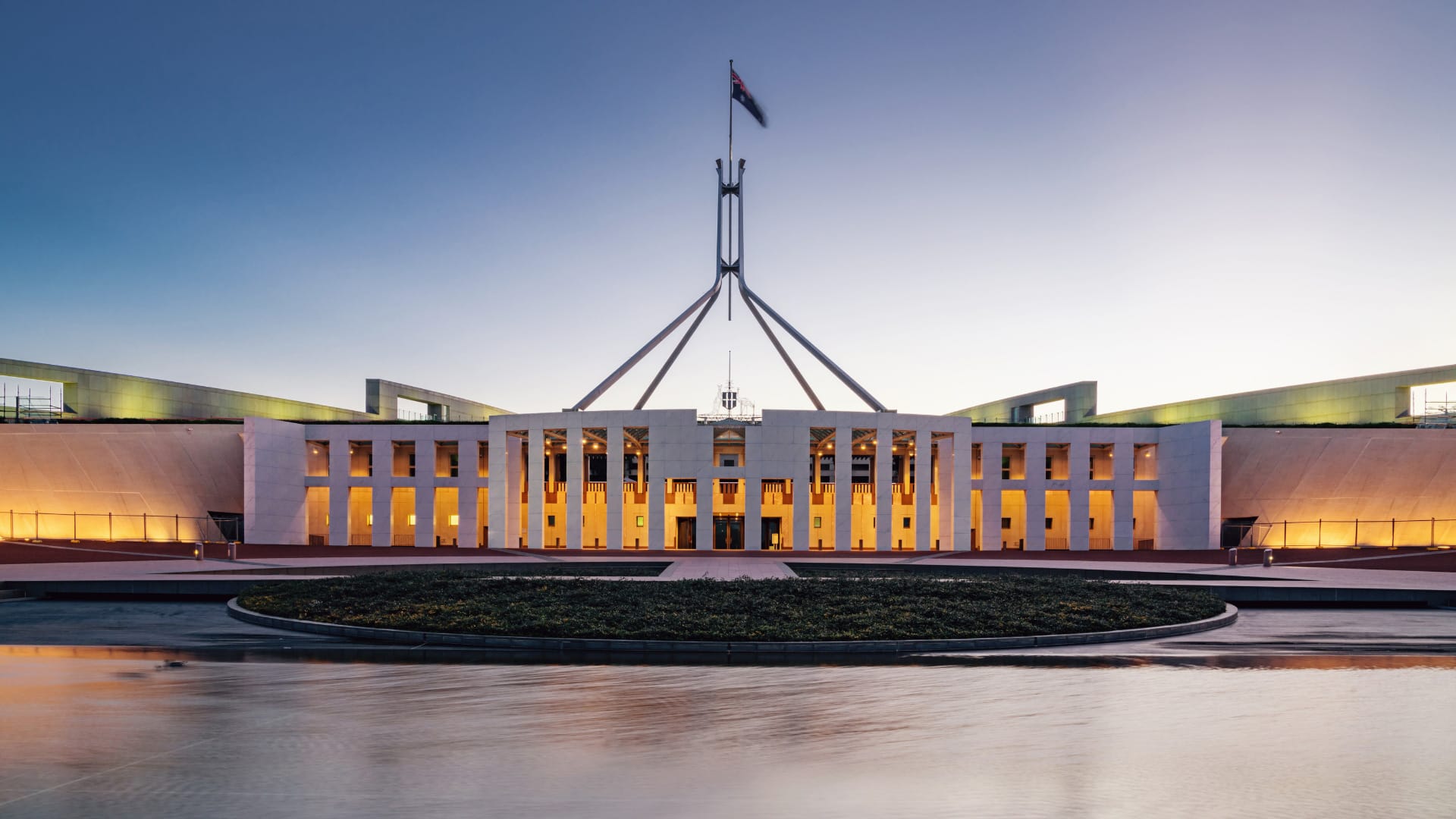The stage is officially set for what is sure to make for riveting political theatre over the next month. Prime Minister Anthony Albanese has called a federal election for 3 May 2025 – and it looks like a real cliffhanger.
Let’s dig into what could be one of the most closely contested elections in recent memory.
State of the Polls
The polls to date describe a race that’s fiercely competitive. Labor, which has lagged behind in polls in the year leading up to the election, appears to have drawn level in recent surveys of two party preferred support, which just tracks Labor and Coalition votes.

The most recent surveys since the election was announced have Labor ahead by as much as 6 points (Roy Morgan 30 March), while a Freshwater Strategy poll shows the Coalition leading by 2 points.
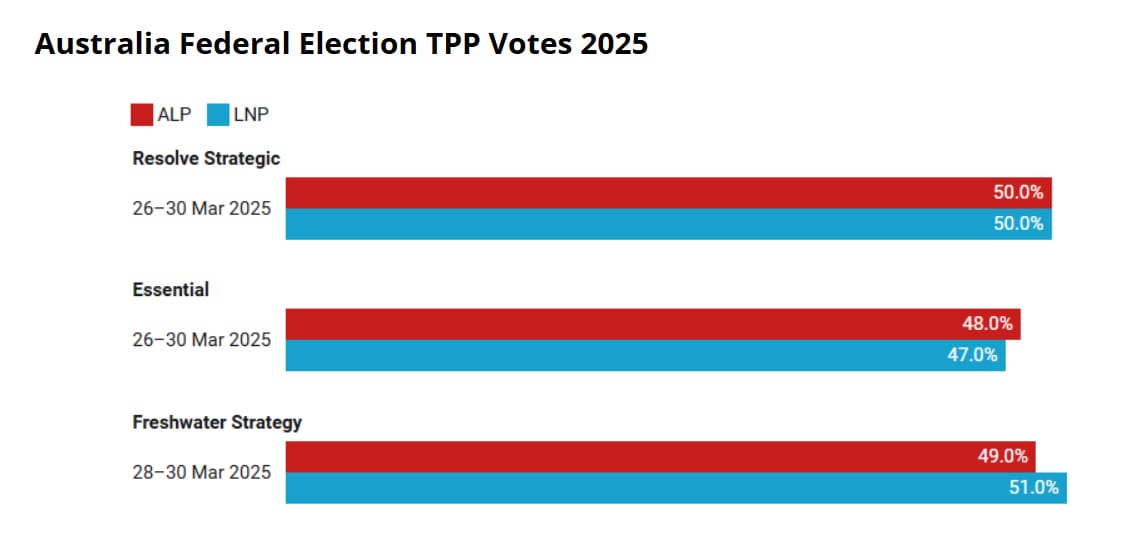
YouGov’s modelling based on recent surveys suggests that Labor might wind up with as few as 75 seats — one short of the 76 needed for a majority in the 151-member House of Representatives.
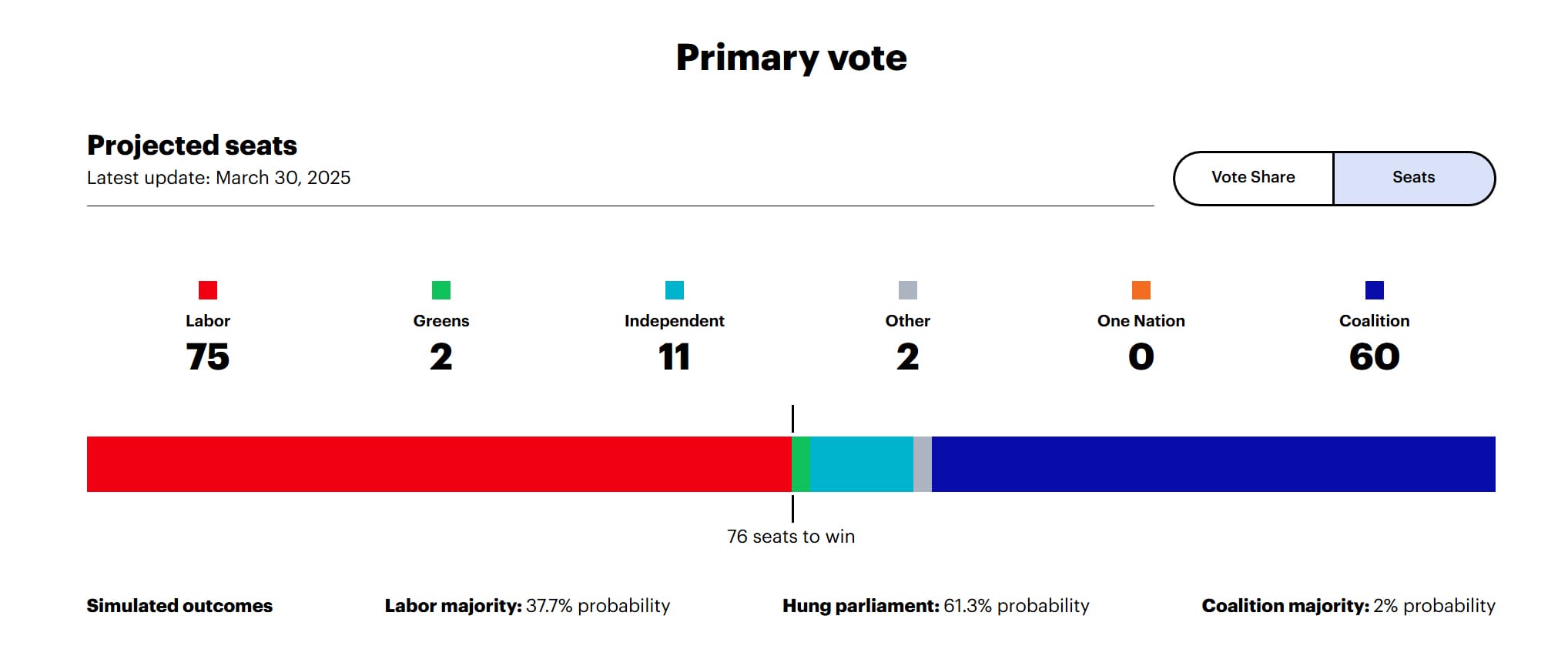
The longer term trend shows that Peter Dutton’s Coalition has snatched back support, registering a 1.9-point swing in their favour compared to the 2022 election. Its primary vote (which includes votes for all parties) is 35.7%, just ahead of Labor’s 32.6%.
But perhaps the most interesting trend is the independents’ continued popularity, polling at about 30% nationally. These candidates could find themselves holding the balance of power in what is increasingly looking like a hung parliament.
State-by-State Analysis
As Australian elections are determined by the party with the most seats in the Federal Parliament, the real action happens in key swing electorates.
The Australian Electoral Commission (AEC) has identified 51 marginal seats where the incumbent is defending a lead of less than 6%. Of those, 10 have margins of under 1.2%, which means just a few hundred votes could swing them.
In a close race the spoils will ultimately go to the party that is able to win its marginal target seats. These are the key seats to keep an eye on during election night and will give an early indication of which way the election is going.
| Name of Electorate | Party Currently Holds It | Margin at Last Election |
| Deakin (Victoria) | Liberal Party | 0.02% |
| Bennelong (NSW) | Labor Party (but usually a Liberal stronghold) | 0.04% |
| Gilmore (NSW) | Labor Party | 0.17% |
| Menzies (Victoria) | Liberal Party (but usually a Labor stronghold) | 0.42% |
| Sturt (South Australia) | Liberal Party | 0.45% |
| Wentworth (NSW) | Independent | 0.58% |
| Moore (Western Australia) | Liberal Party | 0.91% |
| Lyons (Tasmania) | Labor Party | 0.92% |
| Lingiari (Northern Territory) | Labor Party | 0.95% |
| Canning (Western Australia) | Liberal Party | 1.2% |
In a close race where Labor are currently projected to fall just one seat short of a majority, losing just one marginal can make all the difference.
Demographic Changes
Demographics are transforming the political landscape. Millennials and Gen Z surpass Baby Boomers and are changing the policy conversation with their priorities — climate and housing.
One of the more intriguing developments is a new gender gap among younger voters. Young women overwhelmingly lean left, as 64% support progressive positions, though there is increasing support among young men, with 37% backing Dutton’s overall leadership and politics. This gap may prove one of the election’s most telling trends.
Key Election Issues
Cost of Living Crisis
If this election comes down to one issue, it’s the economy. After years of high inflation and high interest rates, unsurprisingly a whopping 57% of voters say cost-of-living pressures are their top personal concern.

Labor has been touting middle-income tax cuts, which would average $268 in savings by 2026. The Coalition is recommending more draconian measures, including halving the fuel excise and allowing people access to their super to use as a home deposit. In politics, as in physics, every action provokes a reaction — and this one could determine who will be in charge.
The Housing Affordability Challenge
The so-called Great Australian Dream of home ownership is getting beyond most people. Mortgage stress is biting in outer suburbs such as Werriwa in Sydney where Labor’s traditional base is under pressure.
This crisis hits young buyers, families in need of more space, and older Aussies anxious about rent equally. The two major parties are walking a tightrope of their own, seeking to address affordability issues without crashing property values.
Immigration Debates
Over the past five years Australia has taken in almost 1.8 million immigrants, a surge that has ignited spirited debate about housing, infrastructure and cultural assimilation.
In highly urban electorates, pressure on services and housing is fuelling voter anxiety. Voter concerns about crime are also increasing — up by 16 per cent in Queensland and 12 per cent in Victoria — providing rich opportunity for the Coalition’s tougher lines on immigration and public safety.
Healthcare and Childcare
Labor’s improvements to Medicare and its push for affordable childcare have resonated with families, giving Albanese a lead on social issues. So far, the Coalition hasn’t announced its childcare plan in detail — and it will need to do so quickly to be competitive on this front.
Climate and Energy Policy
While climate isn’t as dominant an issue as in elections past, it still matters — especially to progressive voters and teal independents.
In a significant shift, the Coalition has signalled its support for nuclear energy, advocating for 14 gigawatts of baseload power. A few years back, this would’ve been political poison. Today, that’s a do-or-die strategy that could rally the party’s base or turn off moderates.
The Rise of Independents
The surge in independent parties and candidates is one of the most notable features of recent Australian politics. In the ‘90s independents held just a single seat, however they are projected to win 13 in this election. What’s clear is that these candidates are no longer outliers — they’re power players.
At the 2022 election, voters elected 10 independents to Canberra — the biggest crossbench since 1934. And that wave of support for non-major-party candidates has only continued.
Key Independent Players
Names such as Zoe Daniel (Goldstein), and Helen Haines (Indi) have become well known for their climate, integrity and equality push. New serious contenders like Caz Heise (Cowper) and Francine Wiig (Fairfax) are targeting Coalition-held areas with campaigning on regional issues, such as better health care.
And then, there’s Andrew Wilkie (Clark), who proudly remains outside of the fold entirely — an old-school independent in every sense, and a person to keep an eye on should there be a hung parliament.
If no major party wins a majority, independents could hold the balance of power in forming the next government. That translates to negotiations, compromises and influence.
We have already seen independents demand changes to climate legislation, gambling advertising bans and tougher integrity rules. If they find themselves holding the balance of power again, their wish list could influence national policy in a major way.
Polling Accuracy Issues in Australia
The Complexities of Preferential Voting
Australia’s preferential voting system is a hard nut to crack for pollsters. Primary vote numbers capture only part of the story, since votes can be transferred from eliminated candidates to other candidates.
Take Kylea Tink (North Sydney), who won her seat with only 25% of first-choice votes but strong flows of preferences. That level of nuance requires deep, data-driven analysis that goes far beyond two-party-preferred numbers.
Late Swings and Undecided Voters
About 7 percent of voters are undecided, and last-minute shifts can swing close seats. Electorates like Hunter (NSW) and Hasluck (WA) are particularly susceptible to eleventh-hour shifts triggered by news events, policy rollouts, or even scandals.
Compulsory Voting Effects
Australia’s turnout typically hovers around 90% because of the impact of compulsory voting, but in 2022 that figure fell to 89.8% — the lowest since 1925. The $20 fine for non-voting has not budged since 1984, and it’s beginning to lose its bite, especially among younger voters, who represent 40 percent of those who don’t show up.
The Rise of Social Media
More Australians — particularly the younger ones — are obtaining their political news from TikTok and YouTube, rather than more traditional sources. Influencers like Freya Leach (Liberal) and Konrad Benjamin (Coalition) are relying on viral content to influence the electorate.
Major parties are mixing old-school street outreach with online tactics. Dutton’s remix-style videos responding to Labor policy have emerged as a hallmark of the campaign — less slick, more real, and targeted directly at digital natives.
What Happens Next?
With Australians preparing to head to the polls on 3 May, one thing’s for sure is that this election certainly won’t be boring. With tight margins, independents in the ascendancy, and an electorate with its eye fixed squarely on economic issues, the outcome could reshape the political landscape for years to come.
The challenge for pollsters like TKW Research will be to get a read on a fast-moving electorate with changing demographics spread across disparate geographies. As a result of all these variables—the mix of preferential voting and other regional quirks, as well as unpredictable independents—our polling methods and our models need to keep evolving.

